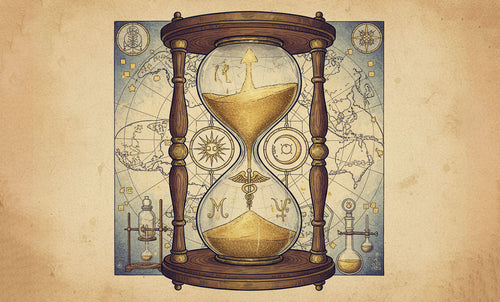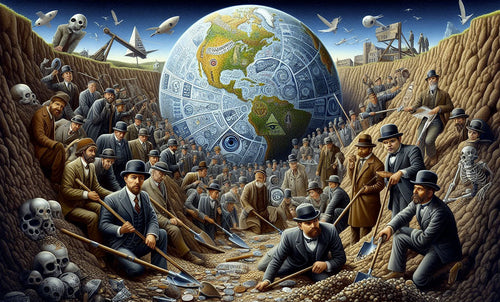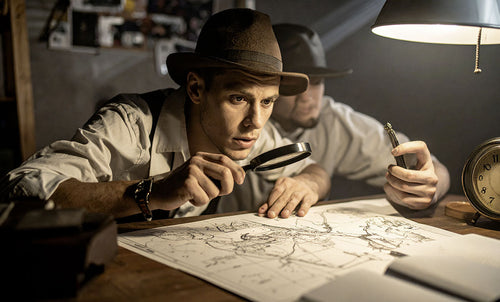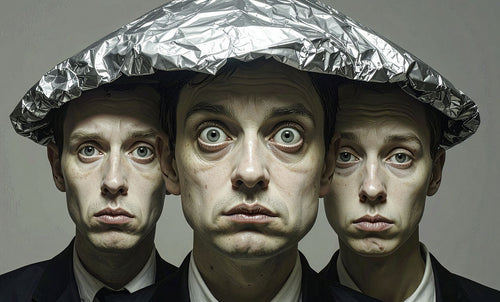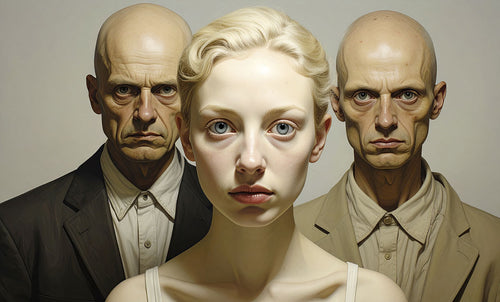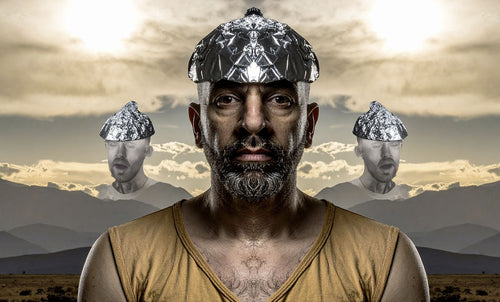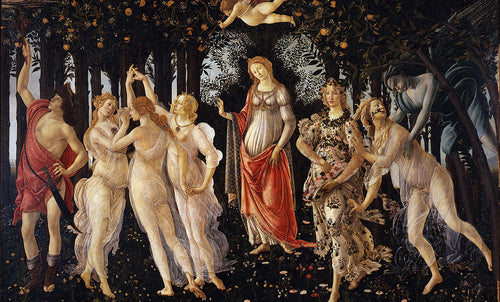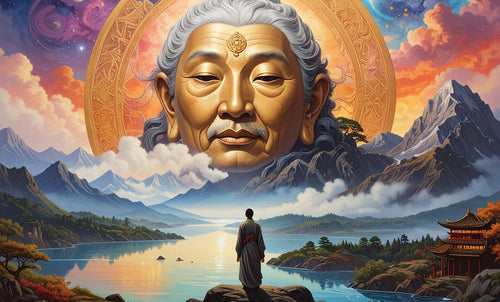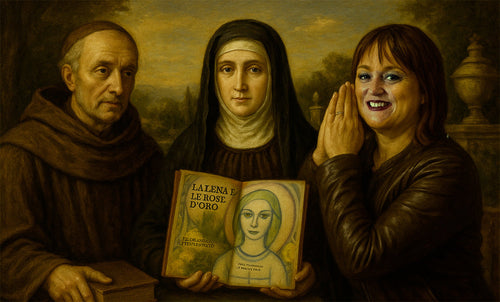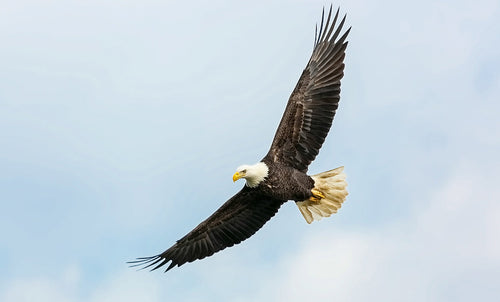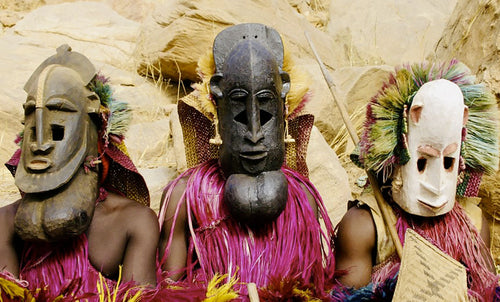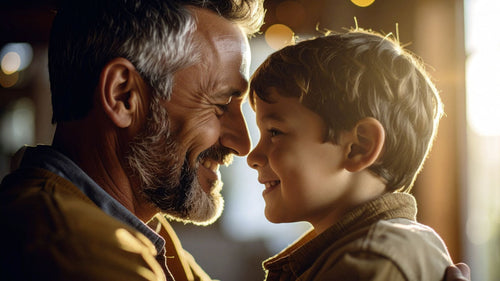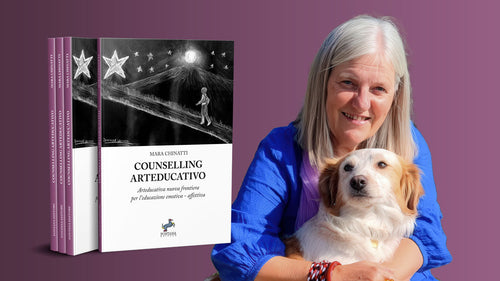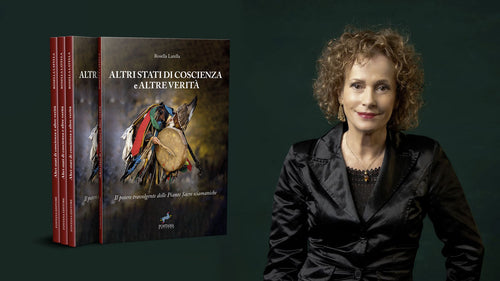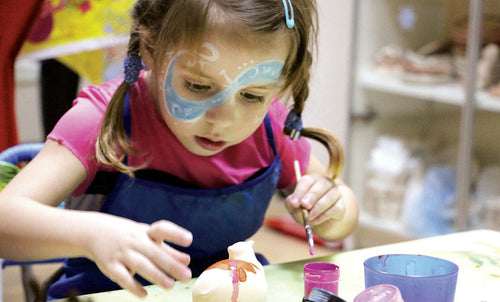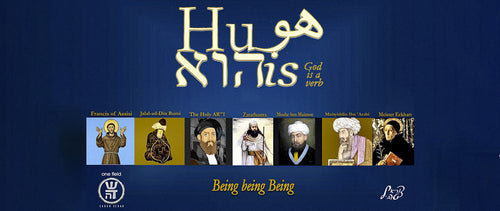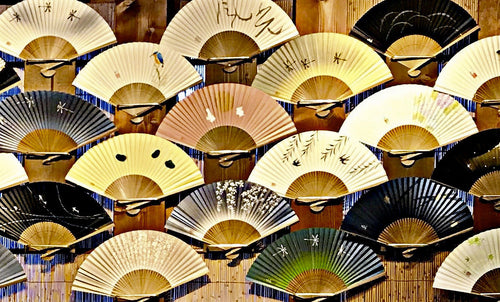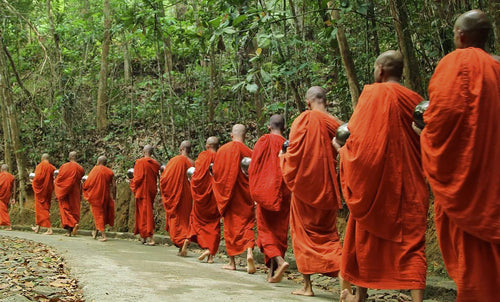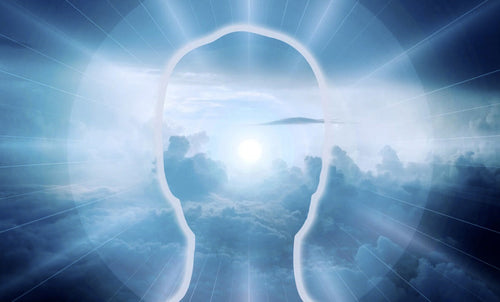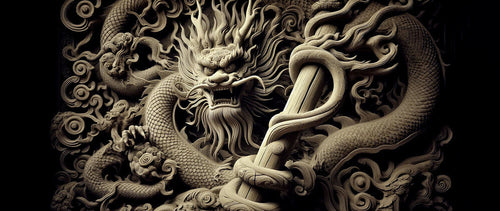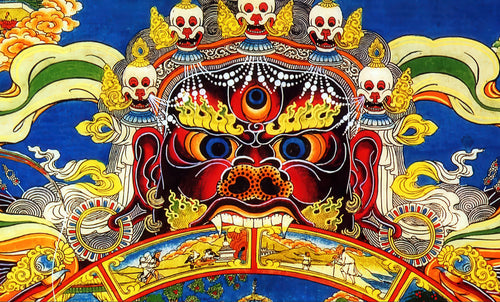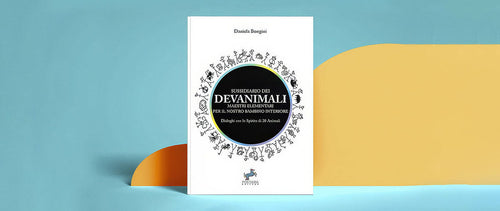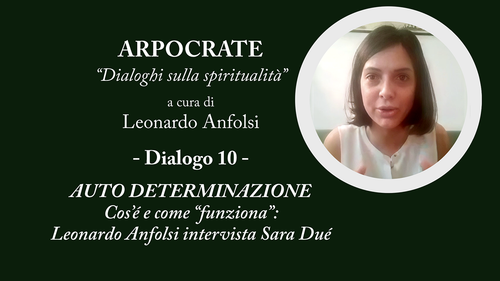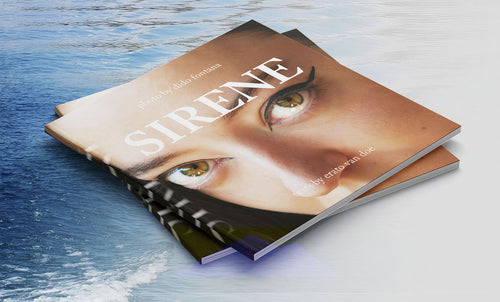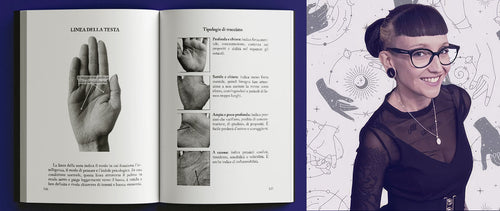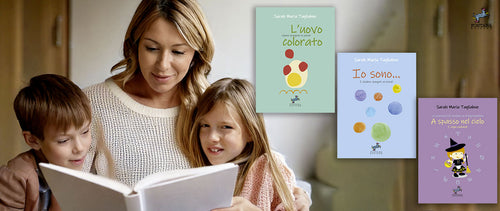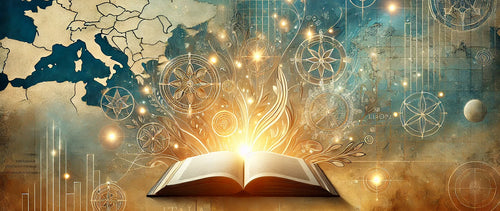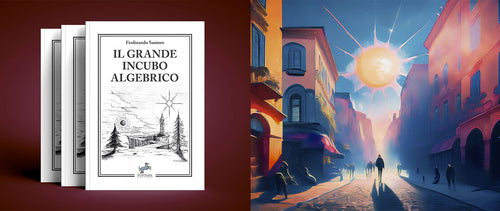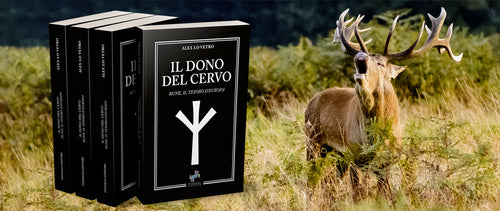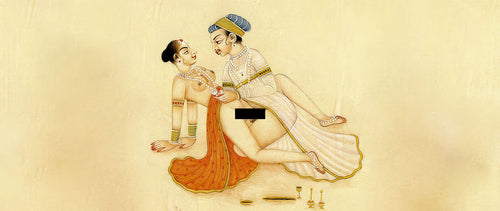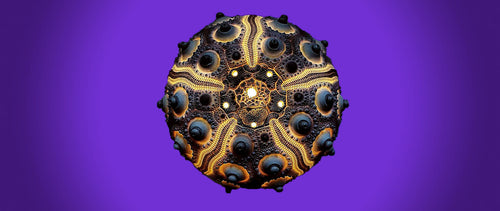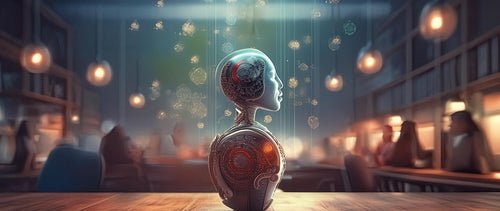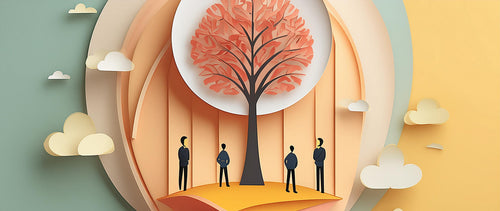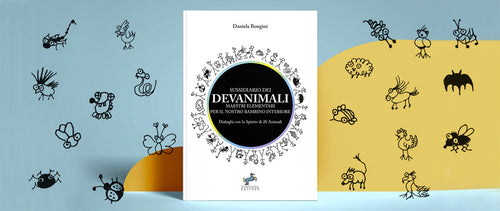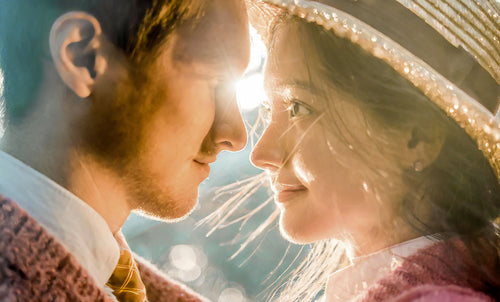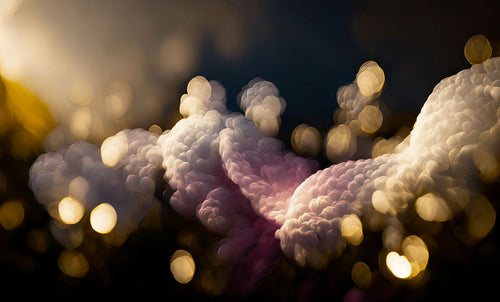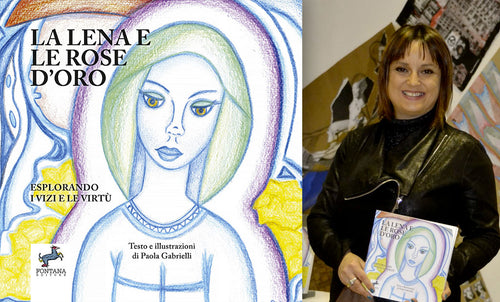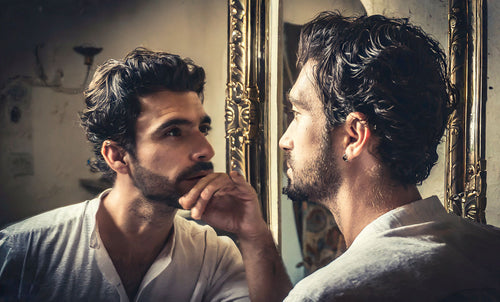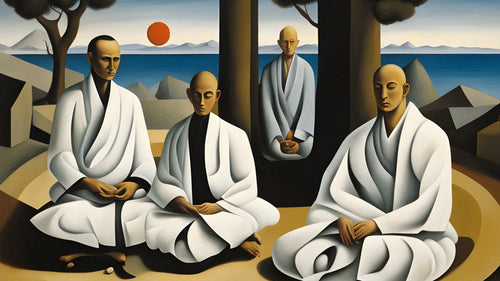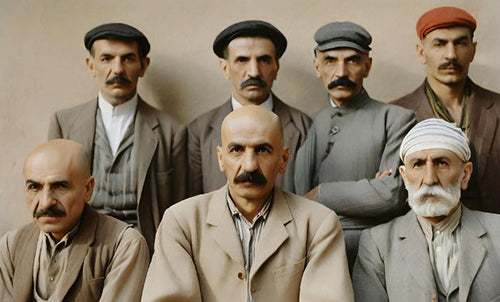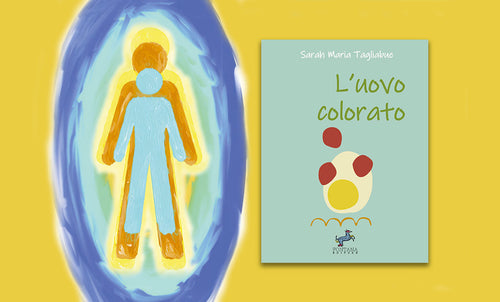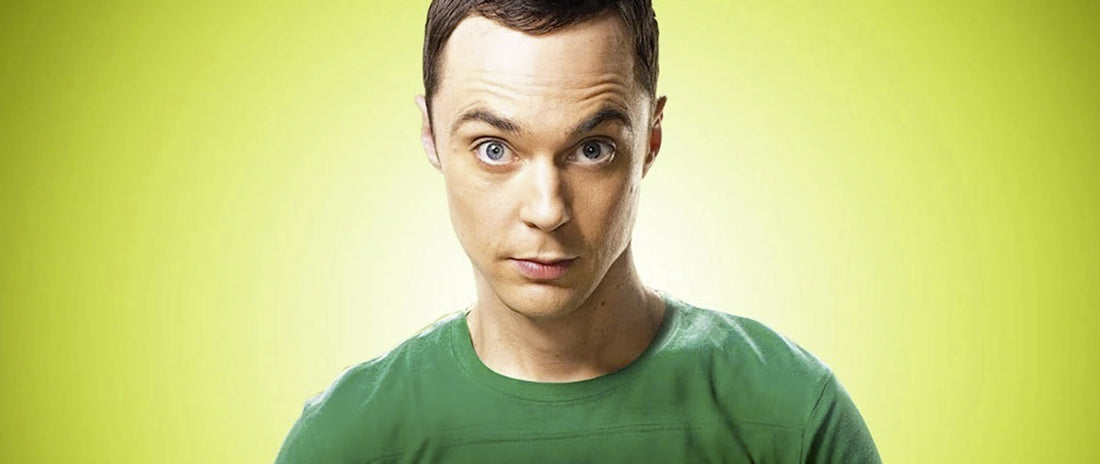
Celebrating Diversity: The Legacy of Hans Asperger
Giada DispensaToday, February 18, we celebrate World Asperger Syndrome Day, an important occasion to clarify and reflect together on how much our understanding of autism has changed over the years and also its classification in diagnostic manuals.
In fact, Asperger's and Autism are the same thing.
“ What is this woman saying? ” someone less knowledgeable on the subject might think.
For many this is news; in fact, there are quite a few who roll their eyes when the word autism is combined with that other word stuffed with myths and ableism, which immediately makes one think of either the eccentricity of Sheldon Cooper in Big Bang Theory (for those who don't know the series, do it because it's worth it) or the genius of Raymond in Rain Man .
But let's start from the beginning.
In the early 1900s, Hans Asperger , a young Austrian pediatrician, who loved long walks in the mountains and was described by many as “cold and distant”, began to take an interest during his career in a group of children who presented peculiar behaviors and abilities but who did not fit into any diagnostic label despite their evident diversity .
Hans, perhaps, reflected himself a little in those young minds, with incredible concentration on their specific interests, great memory for the most insignificant details but at the same time, very awkward or deficient in social interactions, both among peers and with adults.

Our Doctor, in fact, was a precocious talent and tireless collector of books in his childhood (he owned more than 10,000 in his personal library). He was a visceral lover of literature, so much so that he would quote entire texts from memory; perhaps he understood these children, so similar to him, more deeply than he wanted to admit.
In 1944 he pioneered the first description of a group of “symptoms” that we still know today as Asperger Syndrome .
Asperger observed these children for a long time, whom he affectionately called his “ Little Professors ”: unlike other contemporary clinicians such as Leo Kanner, who had a more negative view of autism, the Austrian pediatrician instead had a more far-sighted and pedagogical vision regarding the future prospects of these children, with marked abilities in the fields they were interested in and brilliant skills when it came to arguing what they were passionate about.
It often happens to families who receive a diagnosis that during the process, when faced with the fateful question: “ Are there other autistic people in the family? ” they are left speechless, or worse, they start guessing oddities in the entire family tree, with parents who begin to accuse each other, trying to pin the strange lineage inherited by their child on the other; blaming the cat-loving aunt, that cousin who has been shut in the house for years collecting coins, or the grandfather with his routine Thursday appointment to the mushroom market.

I told it in a light-hearted way to lighten the mood a bit, but the point is that autistic people have always existed .
What has changed over the years is the greater awareness, more attention in detecting autistic functioning at an increasingly early age (even just thirty years ago they were not recognized so early), except in striking cases; therefore most went unnoticed, or eccentric at best.
Today there are no more of them, only the diagnoses and the skills of those who make them have increased exponentially.
"So are these kids really that brilliant?"
Asperger's children are simply autistic children.
The difference lies in the presence or absence of intellectual disability.
So yes, that girl at the Post Office who is obsessed with Hello Kitty and wears only pink is indeed autistic: even if she looks you in the eye when you talk. Or the guy at the gym who is always talking to everyone, showing off an excess of exuberance, he really is autistic too.
Not all autistic people are cooped up at home swinging or flitting around (maybe they do, but not in front of you).
And that zealous college classmate with the mole-shaped glasses who takes all tall faces, even if he seems so (in the collective imagination), is probably just shy.
There are many other stereotypes, more or less ableist, but I hope I've made my point.
Aspergers are just autistic children and adults with average or above average cognitive quotients.
The difference is only here.
A big difference someone else will think: if there is no cognitive disability then there is no difficulty.
And here's where the problem lies.
Since 2013, Asperger's Syndrome no longer exists (let's be clear, they are not extinct); the category has been eradicated from diagnostic manuals (DSM V) because research, fortunately, has moved forward in the meantime, and it has been understood that it is more correct to speak of Autism Spectrum , precisely because autism encompasses infinite nuances, different intensities, different cognitive abilities, needs and difficulties that vary from individual to individual. Support is often necessary, not so much for autism itself, but for the comorbidities that can accompany it (such as Depression, Obsessive Compulsive Disorder, Anxiety Disorders, to name a few) that arise because of a society that is still too little knowledgeable about the subject.
But the autistic basis is the common denominator.
Now we talk about neurodiversity , even. A neuronal diversity, a brain that processes, feels and communicates differently; no less than others, it simply does it differently, compared to the majority of the population.
Diversity has always been a wealth in nature, not a weakness.
If there are difficulties they must be supported, if there are talents they must be strengthened.
Thanks to the visibility of social media, there are now many autistic people who do advocacy and passionate dissemination (luckily); listen to their voices, listen to them all, because those who live autism in their skin have a unique perspective.
Personally, I believe that every individual, with their own differences, can find their own path to a full and satisfying life, if they are given the right tools to do so.
My mission is to help convey this awareness, so that each person can be accepted and valued for who they are in their essence.
In conclusion, on this special day, let us remember to celebrate diversity, all of it, and to work together to build an increasingly inclusive world.
Autism is not a disease , it is an integral part of humanity and deserves to be understood and accepted for what it is: a variable of being human.
I hope this article has inspired and intrigued you: I look forward to seeing you in my book Naturopathy for Autism: a neurodiverse approach” published by Fontana Editore and on my social channels to continue this important conversation.
Happy Inclusion!

